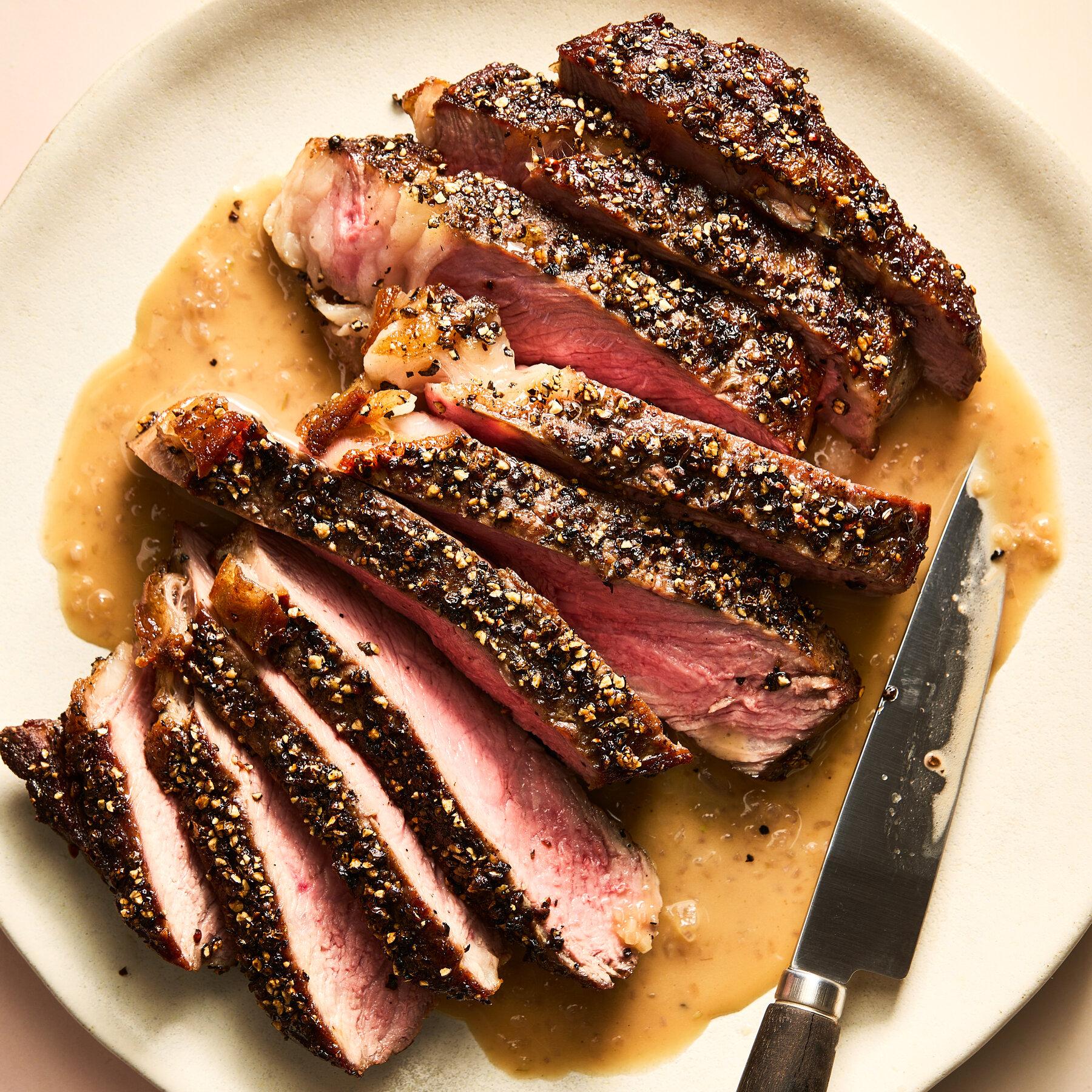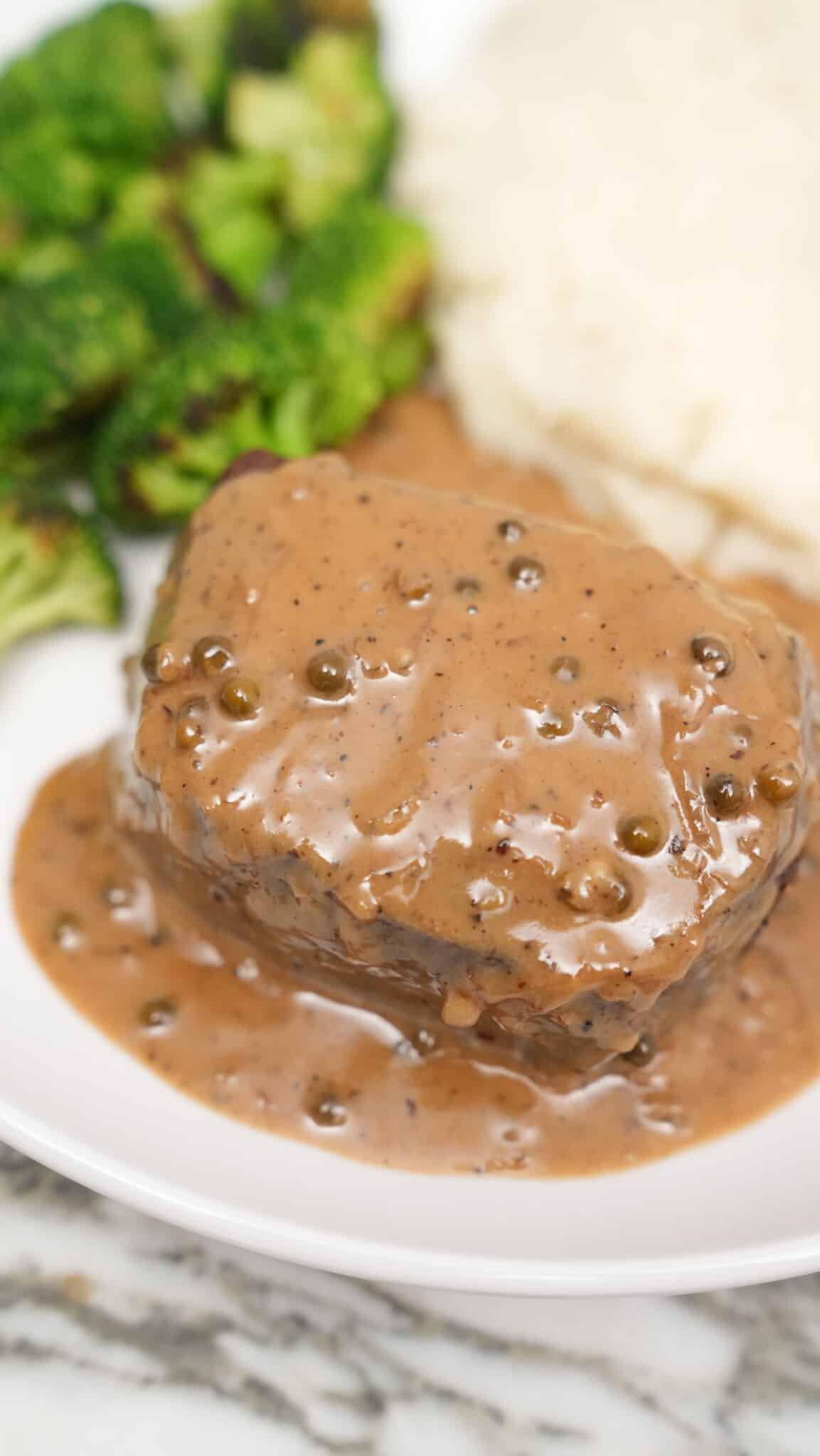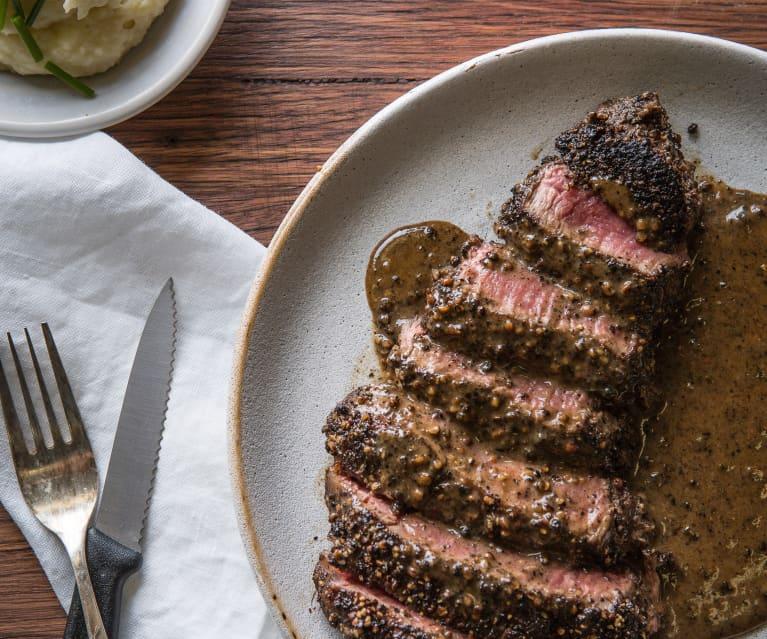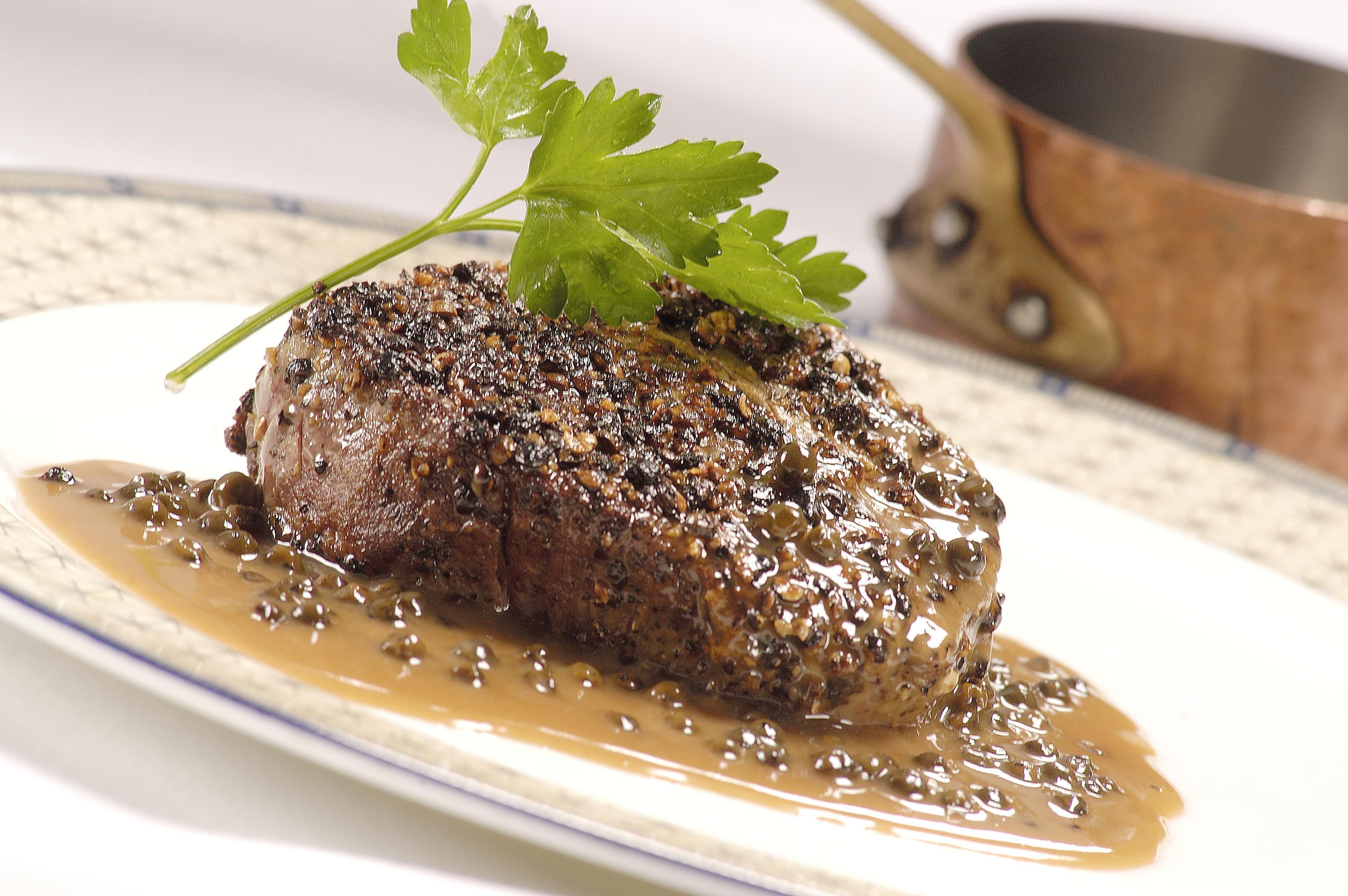Stepping into the realm of classic french cuisine, one cannot overlook the enchanting allure of Steak au Poivre. this beloved dish, known for its robust flavors and elegant presentation, encapsulates the essence of french culinary artistry. Evoking the warm and inviting bistros of paris, Steak au Poivre combines tender cuts of beef with a medley of cracked peppercorns, creating a harmonious balance between spice and richness. As we embark on a journey to master this timeless recipe, we will explore the origins of this savory delight, the techniques that elevate its planning, and tips for achieving the perfect sear. Whether you’re a novice cook or a seasoned chef, join us as we unravel the secrets to creating a dish that promises to impress and satisfy, transporting your taste buds straight to the heart of France.
Choosing the Perfect Cut: The Backbone of a Great Steak au Poivre
When selecting the ideal cut for your steak au Poivre, the quality of the meat is paramount. The richness of the dish lies not only in its aromatic peppercorn sauce but also in the tenderness and flavor of the steak itself. Here are a few cuts that shine in the spotlight:
- Filet Mignon: Renowned for its buttery texture and mild flavor, perfectly complementing the spiciness of the pepper sauce.
- Ribeye: Rich in marbling, the ribeye delivers a bold beefy flavor that marries beautifully with the sauce’s creaminess.
- Sirloin: A leaner option that still holds up well against the robust flavor profiles of the peppercorns.
In addition to the cut, the marbling and thickness are crucial considerations. A steak that is at least 1 to 1.5 inches thick will not only allow for proper cooking but also ensure that the interior remains tender while the exterior gets a delightful crust. Properly sourced and aged beef can elevate your Steak au Poivre to gourmet heights. Here’s a simple guide to marbling grades:
| Marbling Grade | description |
|---|---|
| Prime | Remarkable marbling, very juicy and flavorful. |
| Choice | Moderate marbling, still tender and tasty. |
| Select | Less marbling, leaner but can be flavorful with proper cooking. |

crafting the Sauce: Techniques for a Flavorful Peppercorn Reduction
To elevate your steak au poivre experiance, the peppercorn reduction sauce must be nothing short of perfection. Start by searing your aromatics in the rendered fat from the steak. Onions or shallots are excellent choices, providing a subtle sweetness that balances the heat of the peppercorns. As they soften, add in a generous amount of crushed black, white, and green peppercorns to unleash their flavors. This combination not only enhances the sauce’s complexity but also adds a vibrant visual appeal. Following this, incorporate dry white wine or cognac to deglaze the pan, scraping up those savory bits from the bottom for an extra layer of richness.
Once your liquid has reduced by half,it’s time to enrich the sauce with heavy cream. This creates a luscious,velvety texture that complements the heat from the peppercorns beautifully. As you stir in the cream, keep the sauce simmering to achieve the desired consistency. A touch of Dijon mustard can also be whisked in for a delightful tang that brightens the overall flavor profile. Always remember to taste and adjust with salt, and if desired, a splash of lemon juice for brightness. The final reduction should be smooth and decadent, ready to drizzle over your perfectly cooked steak.

Accompaniments and Pairings: Elevating Your Steak au Poivre Experience
To elevate your steak au poivre experience, consider pairing it with sides that complement its rich and robust flavors. Classic accompaniments such as creamy mashed potatoes or crispy roasted Brussels sprouts provide a balance to the peppery sauce, while adding a touch of elegance to your meal. For a more refreshing option, a simple arugula salad, dressed with lemon vinaigrette, can cut through the richness of the dish, enhancing each bite. Don’t forget about the charm of freshly baked baguette slices,perfect for soaking up the decadent sauce.
Your choice of wine can further elevate this culinary delight. A full-bodied red wine is a classic choice, with options such as Cabernet Sauvignon or a bold Malbec enhancing the peppery notes of the steak.If you’re looking to surprise your guests,try a Syrah; its earthy undertones can create a delightful contrast with the dish. For those who prefer white wine, an oaked Chardonnay can lend a creamy texture that beautifully balances the peppery intensity of steak au poivre. Below is a swift reference table for your pairings:
| Accompaniments | Wine Pairing |
|---|---|
| Creamy Mashed Potatoes | Cabernet Sauvignon |
| Roasted Brussels Sprouts | Bold Malbec |
| Arugula Salad | Syrah |
| Fresh Baguette | Oaked Chardonnay |

Tips for Perfecting Your Technique: Mastering Cooking Temperatures and Methods
To achieve the perfect Steak au Poivre, mastering the right cooking temperatures and methods is crucial. Start with selecting the right cut, such as sirloin or filet mignon, and let it come to room temperature (about 30 minutes outside the fridge) before cooking. This ensures even cooking throughout the steak. Season generously with coarse black pepper and a sprinkle of salt just before placing it in the pan. Preheat your skillet over medium-high heat until hot, then add a touch of oil or clarified butter to prevent sticking. Here’s a quick guide for cooking temperatures:
| Steak Doneness | Internal temperature (°F) | internal Temperature (°C) |
|---|---|---|
| Rare | 120-125°F | 49-52°C |
| Medium Rare | 130-135°F | 54-57°C |
| Medium | 140-145°F | 60-63°C |
| Medium Well | 150-155°F | 66-68°C |
| Well Done | 160°F and above | 71°C and above |
Once the steak reaches the desired doneness, allow it to rest for 5 to 10 minutes to let the juices redistribute.This step is essential for achieving a juicy and tender result. Simultaneously occurring,you can prepare the sauce directly in the same skillet,utilizing the fond left behind by the steak. Deglaze the pan with cognac or brandy,scraping up the flavorful bits,and finish with cream and additional crushed peppercorns for a rich,decadent sauce. Consider these tips:
- Control the heat: Avoid overheating the pan, as it can burn the meat.
- Invest in a meat thermometer: This ensures precise doneness.
- Experiment with different fats: Clarified butter offers a higher smoke point than regular butter.
Concluding Remarks
As we conclude our culinary journey through the timeless classic of Steak au Poivre, it’s clear that this dish transcends mere sustenance.With its bold peppercorn crust and rich, savory sauce, it invites us to indulge in the art of French cuisine, one exquisite bite at a time.Whether you’re preparing this dish for a special occasion or simply to elevate your weeknight dinner, mastering the flavors of Steak au Poivre not only enhances your cooking repertoire but also creates a powerful moment of connection around the dining table. So, don your apron, gather your ingredients, and embrace the alchemy of transforming simple components into a symphony of taste. Bon appétit!